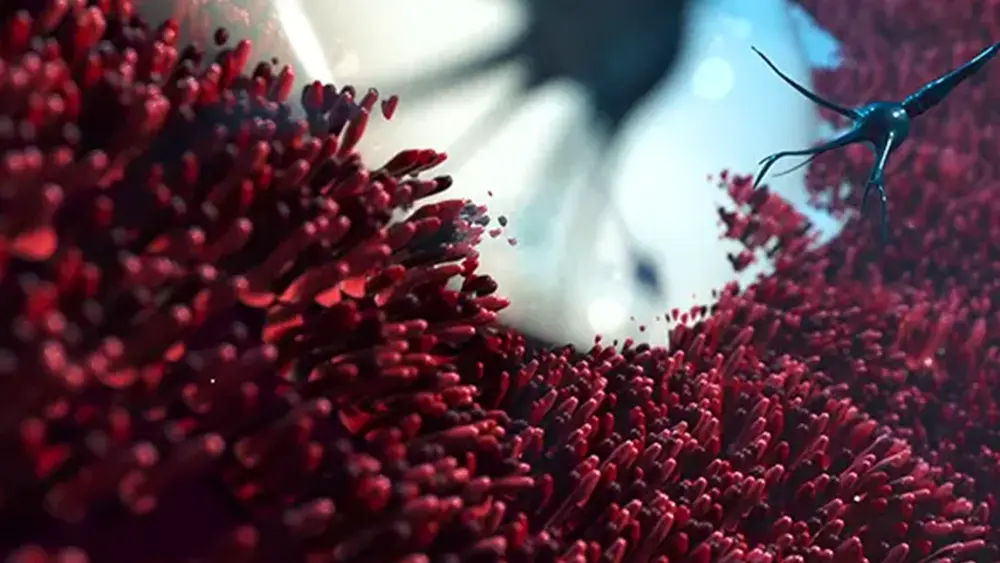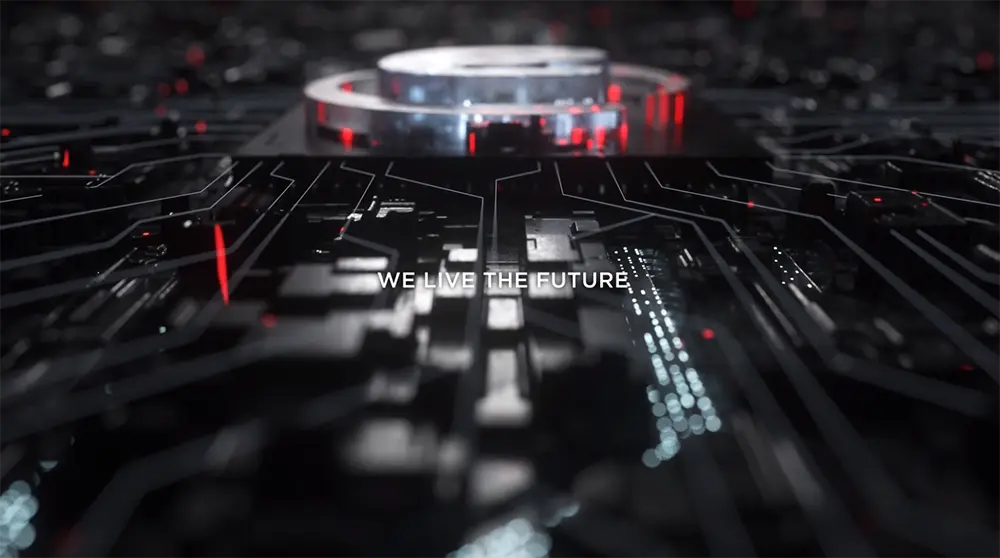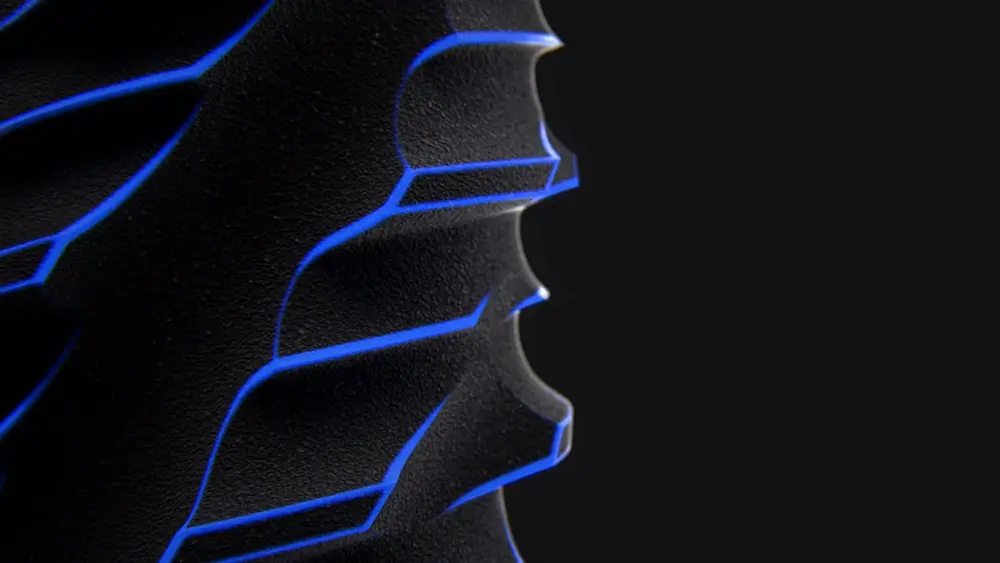Animations play a pivotal role in medical education, enabling medical students and healthcare professionals to visualize complex procedures and medical conditions clearly and comprehensively.
Through dynamic and interactive visualizations, researchers can illustrate biological mechanisms, molecular interactions, and physiological processes clearly and comprehensibly.
Through animations, it's possible to simulate clinical cases, explore human anatomy, and gain a better understanding of pathologies. This interactive approach fosters more engaging and effective learning, preparing healthcare professionals to tackle real-life situations with greater competence and confidence.
Animations are also used in medical research to visualize and communicate the results of scientific studies effectively. Through dynamic and interactive visualizations, researchers can illustrate biological mechanisms, molecular interactions, and physiological processes clearly and comprehensibly.
This promotes the dissemination and sharing of scientific discoveries, contributing to the growth and advancement of knowledge in the fields of medicine and biomedical research.
Animations are valuable tools in patient communication, especially when explaining complex medical procedures or health conditions that are difficult to grasp.
Animations play a versatile role in the healthcare sector, from medical education to patient communication and scientific research. Their use enables better understanding and communication of complex concepts, thereby improving the quality of healthcare and contributing to the promotion of health and well-being.
Through realistic animations, it's possible to simulate clinical cases, explore human anatomy, and gain a better understanding of pathologies. This interactive approach fosters more engaging and effective learning, preparing healthcare professionals to tackle real-life situations with greater competence and confidence.






